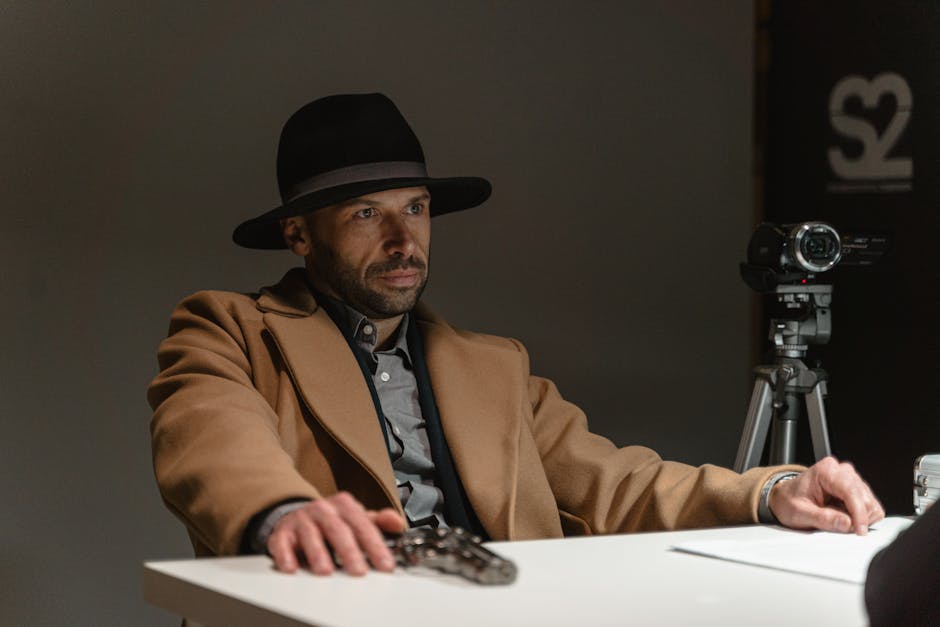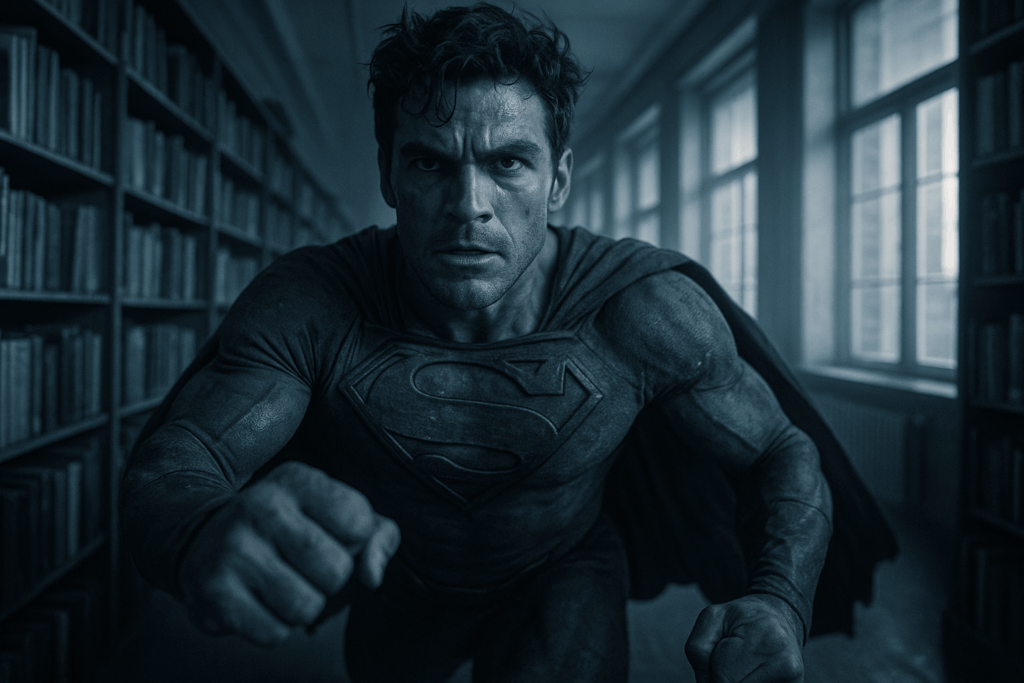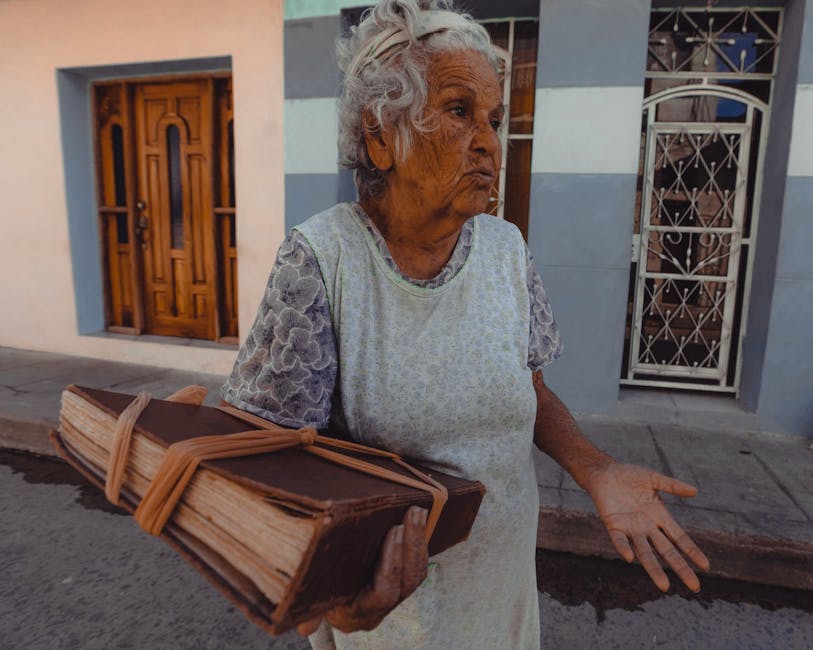Why Classic Cinema Still Hits Hard
What makes a film “classic” isn’t just about age. It’s what lingers—lines that won’t leave your head, performances that feel alive decades later, scenes that rewire how you think about anything from love to war to human limits. Classic films hit a universal nerve. They don’t date—they resonate.
These stories survive because they’re built on fundamentals: sharp writing, clear direction, performances that don’t oversell or underplay. You don’t need to know the era to get pulled in. Casablanca still works. So does 12 Angry Men. The mediums and budgets today may be different, but the core hasn’t changed: characters you believe in, tension you can track, and pacing that earns attention rather than begging for it.
Decades later, classic films stick because they don’t rely on trends—they define them. While effects age and formats shift, raw human moments don’t. That’s the real reason they stay relevant: the stories speak, no matter the decade.
Shifts in Cultural Interpretation
The canon doesn’t stay still. What once passed as background fades into the foreground, and lines that drew laughs decades ago now raise eyebrows—or spark outrage. When we rewatch classic films today, we’re not just seeing what’s on screen—we’re seeing who we’ve become in the time since they were made.
Society shifts, and with it our sense of what stories matter and how they’re told. Gender roles, race, power structures—films from Hollywood’s golden age often reveal assumptions that feel outdated, even jarring. But that doesn’t make them worthless. It makes them worth examining.
Take “Breakfast at Tiffany’s.” Once a romantic standard, it now invites criticism for its cartoonish stereotyping. “Gone with the Wind” showcases grandeur, yes—but also whitewashed history and nostalgia for the Old South. Even beloved stories like “The Graduate” or “Pretty Woman” get fresh reads under today’s lens, raising questions about consent, privilege, and representation.
Re-examination isn’t about demolition. It’s about context. These films are cultural artifacts—we study them to understand both their era and our own. And when we give older films a second look, we find more than flaws. We find the roots of tropes still in use, commentary that still stings—and often, timeless brilliance that outlasts the cultural dust.
Filmmaking Techniques Still Used Today
Watch enough classic films and a pattern emerges: the visuals are deliberate, the edits restrained, the storytelling sharp. There’s a reason this stuff endures. Long before digital jump cuts and 8K drones, filmmakers worked with physical limitations—and made every shot count. Think wide establishing shots that breathe, slow pans that reveal, and framing that says more than five lines of dialogue ever could. That kind of efficiency still sets the bar.
Editing was equally lean. The golden age wasn’t about flash—it was about rhythm. Cuts served the emotion, not the platform. Today’s best editors still borrow that muscle memory, even when working with faster-paced content. Pacing, too, hinged on confidence: scenes had room to unfold, trusting the audience to stay with them. You see echoes of this in modern auteurs who let moments land instead of rushing to the next explosion.
And maybe most powerful of all: narrative techniques. Voiceovers that frame a world. Three-act structures that still carry most movies today. Archetypes that started with Bogart or Bergman and now show up in big-budget tentpoles and indie flicks alike. Directors making waves now—be it Nolan, Jenkins, or Villeneuve—don’t just nod to the past. They study it. Because masters don’t reinvent the craft—they refine it.
Key Films That Stand the Test of Time
Casablanca (1942)
It runs on sharp dialogue, quiet urgency, and chemistry that feels lived-in. What keeps Casablanca unforgettable isn’t just the backdrop of wartime sacrifice—it’s the emotional restraint. Bogart and Bergman hold back just enough to make every glance count. Over 80 years later, its themes of loyalty, love, and loss remain universal. And yes, “Here’s looking at you, kid” still hits hard in the right moment.
Best scene to revisit: The airport farewell. It’s brief, clean, and emotionally loaded without melodrama. A masterclass in subtext.
The Godfather (1972)
Coppola’s slow-burn epic never really leaves the conversation. It’s storytelling at the cellular level: every frame, every whispered line builds a legacy. The performances—Pacino’s quiet shift from reluctant son to cold operator—haven’t aged; they’ve deepened. What’s maybe more surprising is how relevant its ideas about loyalty, power structures, and family versus business still are.
Best scene: The baptism massacre sequence. It’s brutally elegant, cutting between purity and bloodshed. Editing and narrative rhythm in sync like a knife hidden in prayer.
12 Angry Men (1957)
A bottle film, 12 men in a room talking, and somehow it still grips. It’s timeless because it’s built on tension, logic, and character over spectacle. The dialogue stays lean, and the shifts in power dynamics unfold with surgical precision. In an era of algorithm-fed chaos, its clarity of thought feels almost rebellious.
Best scene: Juror Eight’s silence-driven standoff. No yelling. Just pressure rising as truth closes in. Textbook human drama.
Pulp Fiction (1994)
It shouldn’t work on paper—nonlinear storytelling, long tangents, and dialogue that could’ve been lifted from a roadside diner. And yet, Tarantino twisted the mainstream and never looked back. The film’s aging is complex: sharp in style, somewhat tangled in tone by today’s standards. But the soundtrack, structure, and cool-for-cool’s-sake execution? Still magnetic.
Best scene: The Jack Rabbit Slim’s dance. Doesn’t further the plot. Doesn’t need to. It puts you exactly where the movie wants you: unsure, amused, intrigued.
Parasite (2019)
Newer than the rest, but it’s already in the canon. Parasite lives in dualities: rich and poor, house and basement, visible and suppressed. The screenplay is a puzzle where every piece has a purpose. What makes it unforgettable is just how tightly it hides its explosiveness under everyday discomfort. Will it age well? Probably better than most.
Best scene: The flooding aftermath. A quiet descent from false comfort to brutal reality. Emotion over action, but it rocks you just the same.
Classic Films Influencing Modern Documentaries
Watch enough documentaries these days and you’ll start catching shades of Hitchcock pacing, Kubrick framing, or even screwball comedy dialogue. That’s not a coincidence. Today’s nonfiction creators are actively pulling from fiction’s toolbox—borrowing tone, structure, and even classic story beats to capture attention and stir emotion.
We’re seeing tight three-act arcs, slow-reveal character studies, and tension built more like thrillers than historical retrospectives. Visual motifs, like lighting and lens choices, nod to older dramas and noirs. Even narration styles echo the cadence of classic protagonists—measured, deliberate, immersive.
But this isn’t just nostalgia. Viewers are harder to hook than ever, and stylistic borrowing from golden-age films gives documentaries a fresh edge. It creates an emotional throughline without sacrificing factual weight. When done well, it feels less like watching a report and more like living a story.
This blending of genres is changing expectations—from the subjects covered to how they unfold on screen. For more examples, explore the Documentary Spotlight: Stories That Resonate.
Why It’s Worth Rewatching
Revisiting classic films offers more than just nostalgia—it sharpens your eye as a viewer and helps you uncover layer upon layer of storytelling craft. Watching a movie years after your first viewing can feel like experiencing it for the first time, especially when your own perspective has changed.
Sharpening Your Critical Lens
Older films become a training ground for developing a sharper sense of filmmaking technique and narrative structure:
- Spotlighting Direction: Notice how the camera moves, when it lingers, or how a shot is framed with intention.
- Recognizing Structure: Classic screenplays often follow a clean three-act structure or use literary devices that reveal themselves more obviously on a second or third viewing.
- Understanding Performance Nuances: Catch subtleties in acting—silent moments, gestures, or line delivery—that may have flown under the radar before.
Seeing the New in the Familiar
Every rewatch offers fresh discoveries:
- Hidden Symbols: What once seemed like background may now have meaning—set design, color palettes, or character placement.
- Thematic Depth: Themes of identity, justice, or change take on new significance depending on what’s happening in your life or the world.
- Mature Resonance: A scene that once felt slow or abstract might now hit emotionally with full force.
Films That Grow With You
The best classic films don’t just survive the years—they gain new dimension with time:
- Their impact evolves as you do.
- They reveal truths you weren’t ready for the first time.
- They prove that great storytelling doesn’t expire—it transforms.
Whether you’re a lifelong cinephile or just starting to explore older cinema, rewatching classic films isn’t about going back. It’s about seeing forward—with more insight each time you press play.
Final Take
Great films don’t fade—they resonate. The best ones never beg for relevance; they just keep showing up in the places you least expect. A line hits differently. A cut makes more sense now. Scenes that once felt slow take on weight you couldn’t appreciate the first time around.
Streaming didn’t bury the classics—it made them easier to revisit. And for viewers paying attention, these replays aren’t about nostalgia. They’re about craft, choices, and lessons that still apply. Whether it’s framing, pacing, or just raw emotional truth, those older films still have something to say.
So you watch again. You notice more. And just like that, a film made 50 years ago teaches you something new, all over again. That’s not a relic. That’s a living thing.




